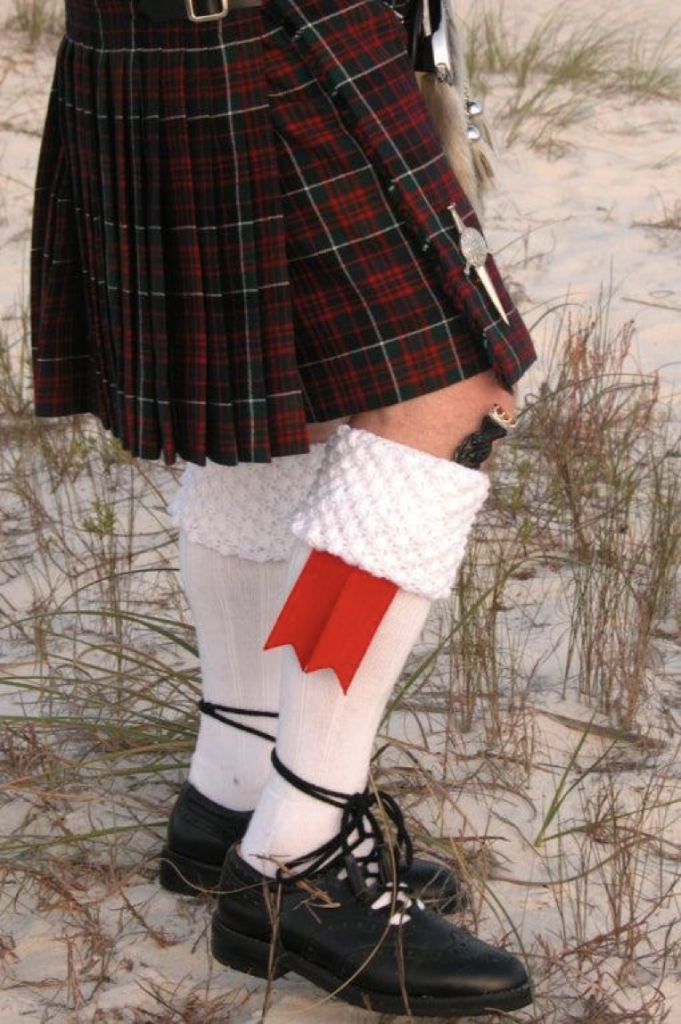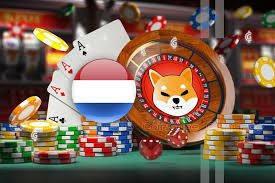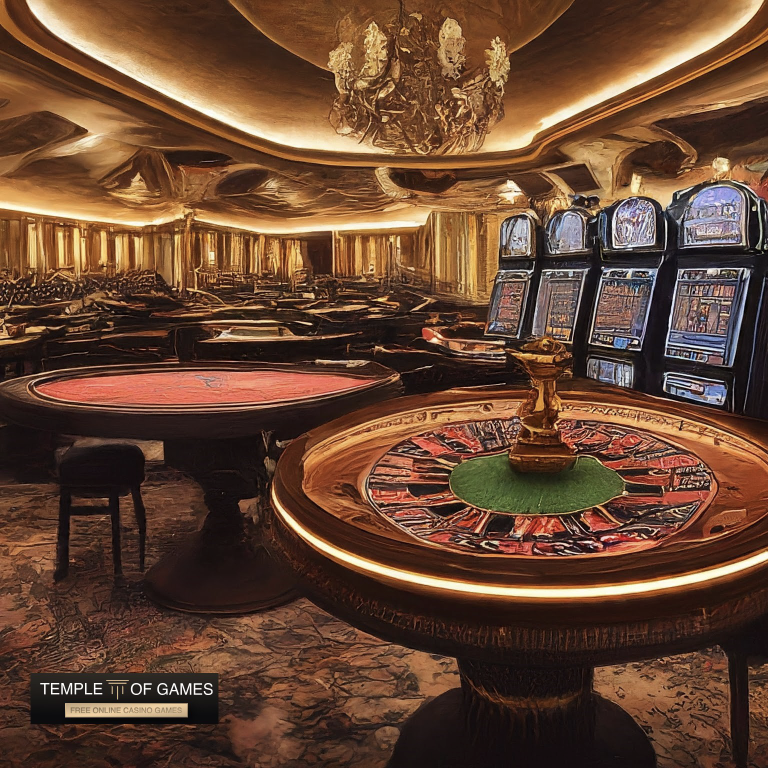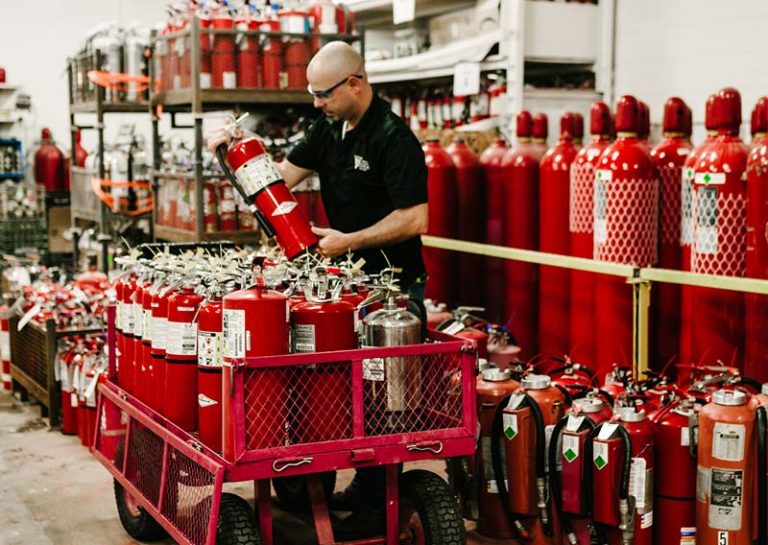Scottish Kilt Accessories ExplainedScottish Kilt Accessories Explained – The Importance of Pins and Flashes in Highland Attire
Scottish kilts are more than just garments; they are symbols of tradition, culture, and heritage. Central to this iconic attire are the accessories that complete the look, adding both functionality and style. Among these accessories, the kilt pin and kilt flashes stand out as essential components of Highland dress. This article delves into their significance, history, and usage, shedding light on how these elements enhance the overall elegance and practicality of the kilt.
Understanding the Kilt Pin – Its History and Purpose

Origins of the Kilt Pin
The kilt pin dates back to the early 19th century when it first appeared as a decorative and functional accessory for Highland dress. Traditionally, kilts were worn without fasteners, relying on pleating and draping for structure. However, windy weather and movement often caused the front apron of the kilt to flap open. The kilt pin was introduced to prevent this issue, providing weight and stability to keep the fabric securely in place.
Purpose of the Kilt Pin
While the primary function of the kilt pin is to add weight to the kilt’s outer apron and prevent it from lifting, it has also become a fashion statement. Today, kilt pins are available in a wide range of designs, allowing wearers to showcase their personality, clan affiliations, or even modern tastes.
Styles and Materials
Modern kilt pins are crafted from materials such as:
- Silver and Pewter – Ideal for formal occasions due to their elegant appearance.
- Brass and Stainless Steel – Perfect for durability and casual events.
- Gemstones and Enamel Finishes – Adding color and sparkle for personalization.
Common designs include:
- Celtic Knots – Symbolizing eternity and unity.
- Clan Crests – Representing family heritage.
- Thistle Motifs – Celebrating Scotland’s national flower.
- Swords and Daggers – Reflecting bravery and tradition.
How to Wear a Kilt Pin
- Placement: The kilt pin is positioned on the lower right-hand corner of the kilt’s outer apron, approximately 2-3 inches from the hem and 1.5 inches from the edge.
- Attachment: It is important to pin the kilt pin only to the outer layer of fabric, not through both layers, to allow the kilt to flow naturally while still being secured.
What Are Kilt Flashes? Their Role in Highland Dress
Origins of Kilt Flashes

Kilt flashes are decorative garters worn around the calf to hold up the kilt hose (socks). Historically, Highland warriors used leather straps to secure their socks during marches. Over time, this practical element evolved into a fashionable accessory, symbolizing pride and style.
Purpose of Kilt Flashes
The kilt flashes serve several purposes:
- Functional Role – They help hold up the socks, ensuring they do not slip down during movement.
- Decorative Element – Available in tartan patterns matching the kilt, they add color and visual appeal.
- Symbol of Clan Identity – Tartan flashes often reflect the wearer’s family or regional heritage.
Materials and Designs
Kilt flashes are typically made from:
- Tartan Fabric – Matching or complementing the kilt design.
- Velvet and Satin – Providing a luxurious finish for formal wear.
- Elastic Garters – Ensuring a secure and comfortable fit.
They may include features such as:
- Fringed Ends – For a classic appearance.
- Metal Clips or Buckles – Adding durability and ease of adjustment.
How to Wear Kilt Flashes
- Placement: Kilt flashes are worn just below the knee, securing the kilt hose in place.
- Visibility: The tassels of the flashes should be displayed slightly to the side or back of the leg for the best visual effect.
The Perfect Combination – Kilt Pins & Kilt Flashes in Highland Attire
Pairing a kilt pin with kilt flashes creates a harmonious look that blends tradition with style. Whether preparing for a wedding, formal gathering, or Highland Games, these accessories enhance the kilt’s overall appearance.
Coordinating Designs
- Choose kilt flashes that match the tartan pattern of your kilt to create a unified look.
- Opt for a kilt pin that complements the color and style of your flashes to tie the outfit together.
Practical Tips
- Ensure the kilt pin does not weigh too much, as it may damage delicate fabrics.
- Check that the kilt flashes are snug but not too tight to maintain comfort throughout the day.
- Clean and polish metal accessories regularly to preserve their shine.
Why Kilt Accessories Matter: Symbolism and Cultural Value
Scottish kilt accessories, including the kilt pin and kilt flashes, do more than serve practical purposes—they carry cultural significance. They symbolize pride, heritage, and identity, linking wearers to Scotland’s rich history.
Symbol of Clan Pride
Both accessories often incorporate clan crests or tartan patterns, making them visual representations of ancestral pride.
Modern Adaptations
While deeply rooted in tradition, contemporary designs cater to modern aesthetics, allowing wearers to honor their heritage without sacrificing style.
Event-Specific Choices
- Weddings and Formal Gatherings – Opt for elegant silver or gemstone-adorned accessories.
- Casual Highland Games – Choose simpler, more durable materials for outdoor events.
Buying Guide – Choosing the Right Kilt Pin and Flashes
Factors to Consider
- Material and Durability – Select high-quality metals and fabrics that can withstand frequent use.
- Design and Style – Match accessories to your kilt’s tartan and the event’s formality.
- Comfort and Fit – Ensure kilt flashes are adjustable, and kilt pins are lightweight yet sturdy.
- Authenticity – Look for authentic Scottish designs and brands to preserve cultural integrity.
Popular Brands
- The Sgian Dubh Company – Known for traditional and modern designs.
- Lochcarron of Scotland – Famous for high-quality tartan products.
- MacGregor and MacDuff – Offering a range of accessories for Highland attire.
Conclusion – Celebrating Scottish Style with Kilt Pins and Flashes
The kilt pin and kilt flashes are more than just accessories—they are essential elements of Scottish Highland attire that combine function, fashion, and tradition. Whether you’re attending a formal event, participating in cultural celebrations, or simply showcasing your Scottish pride, these items complete your look with elegance and purpose. By understanding their significance, styles, and practical applications, you can confidently incorporate these accessories into your wardrobe while honoring Scotland’s timeless heritage.
So next time you wear a kilt, remember—the details matter. From the shine of your kilt pin to the perfect match of your kilt flashes, every element contributes to the rich legacy of Highland dress.




